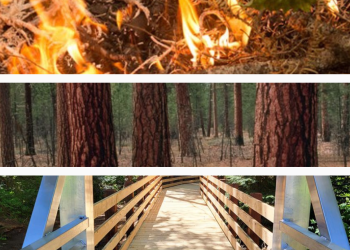Welcome to Willamette National Forest
Welcome! We've transitioned our public websites to a modern web platform to better serve the public. With thousands of pages to update, some content may take longer to appear. Some old content has been archived during this process, as well.
We appreciate your patience as we work to make it easier than ever to access information and explore your national forests - both online and on the ground. Please send us an email if there is something you can't find:
The Willamette National Forest stretches for 110 miles along the western slopes of the Cascade Range in western Oregon. The Forest is 1,675,407 acres in size. The varied landscape of high mountains, narrow canyons, cascading streams, and wooded slopes offer excellent opportunities for visitors and make the Forest valuable for many purposes.
The Willamette National Forest offers a wide variety of recreation opportunities. Its central location makes it accessible to day-trippers and vacationers alike.
Fire Information

Learn more about current active fires, fire restrictions, and fire closures.
Recreation Passes

Ready to enjoy amazing outdoor adventures? You have several options to purchase passes.
2025 Central Cascades Wilderness Trip Planning

The Central Cascades wilderness areas are managed with use limits, or quotas, June 15-Oct. 15.




